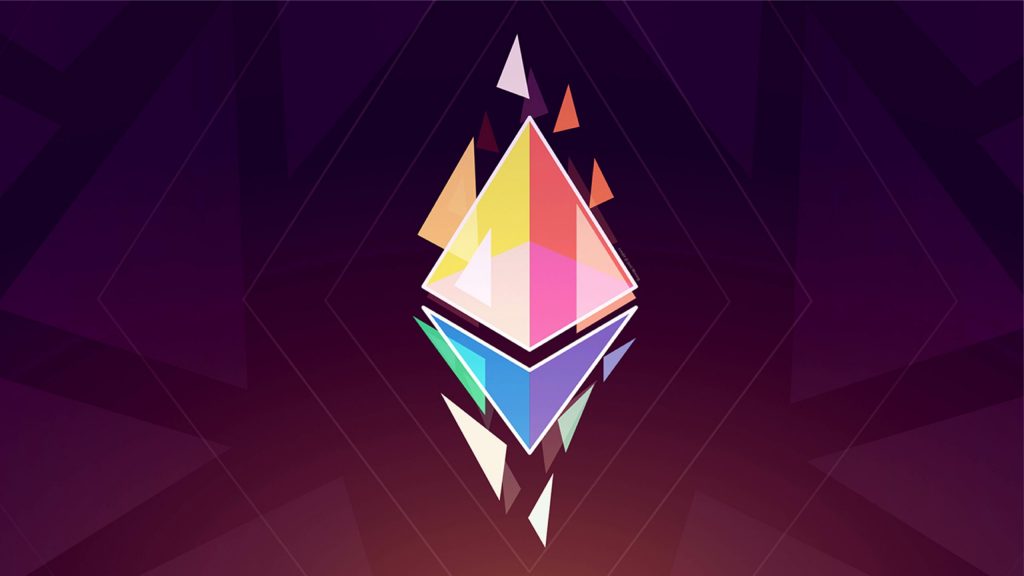Since the big upgrade, over a million Ethereum tokens have been burned, but transaction costs are still a pain point for the network.
- The Ethereum London Hard Fork was supposed to lower the network's gas fees and computing power.
- The EIP-1559 upgrade consumes ETH with each transaction, causing the network to deflate.
- As of November 26, there are approximately 118 million Ethereum in circulation.
The Ethereum network's London Hard Fork update, which was supposed to revolutionise the blockchain, was released just over three months ago.
The developers hoped that by laying the groundwork for the 'proof-of-work' mining system, they might not only make the network more environmentally friendly, but also potentially cut gas fees, which are the costs of conducting a transaction on the network.
The network has consumed over one million Ether in the last 111 days, according to research firm Dune Analytics. Based on the price of Ether at 11:30 a.m. Indian Standard Time (IST) on November 26, that's around $3.8 billion. However, it does not appear that this has yet yielded the anticipated consequence.
What does it mean to 'burn' a cryptocurrency?
With each transaction, the EIP-1559 upgrade, which is part of the London Hard Fork, a small amount of Ether is permanently taken from the network.
This is referred to as the 'basic fee.' It's a fixed rate that isn't affected by the Ethereum network's demand. It responds to a critical question about Ethereum's supply and value.
While the Bitcoin network claims that there will never be more than 21 million Bitcoins, this creates a false scarcity. Ethereum, on the other hand, has an infinite supply, and this recent improvement has given the network a sense of scarcity. It also helps to lower the gas price by allowing consumers to pay only the base fee for a transaction if they so want.
Paying a 'priority fee' to miners, which is determined based on demand on the Ethereum network, allows for faster transactions.
Why are gas fees still a problem?
The failure of ConstitutionDAO recently demonstrated that ETH transactions still require hefty gas fees to be paid. In order to win an auction, the crypto internet banded together to form a decentralised autonomous organisation (DAO) and pooled $47 million. They lost, and while the DAO's contributors were compensated, they will have to forfeit the gas fees they paid to launch the DAO, which totaled around 248 ETH.
A DAO is a decentralised autonomous organisation (DAO) that is created using smart contracts. All of the regulations are coded into smart contracts, rather than a board of directors or humans, and modifications may only be made if a majority of the DAO members agree.
As reported by Bitcoin.com, , there are around 118 million Ether in circulation today, with non-fungible token (NFT) marketplace OpenSea burning the most ETH so far – 110,081. As more blockchain-based games and other metaverse projects being developed on Ethereum, lowering the gas charge is critical to the platform's scaling.

